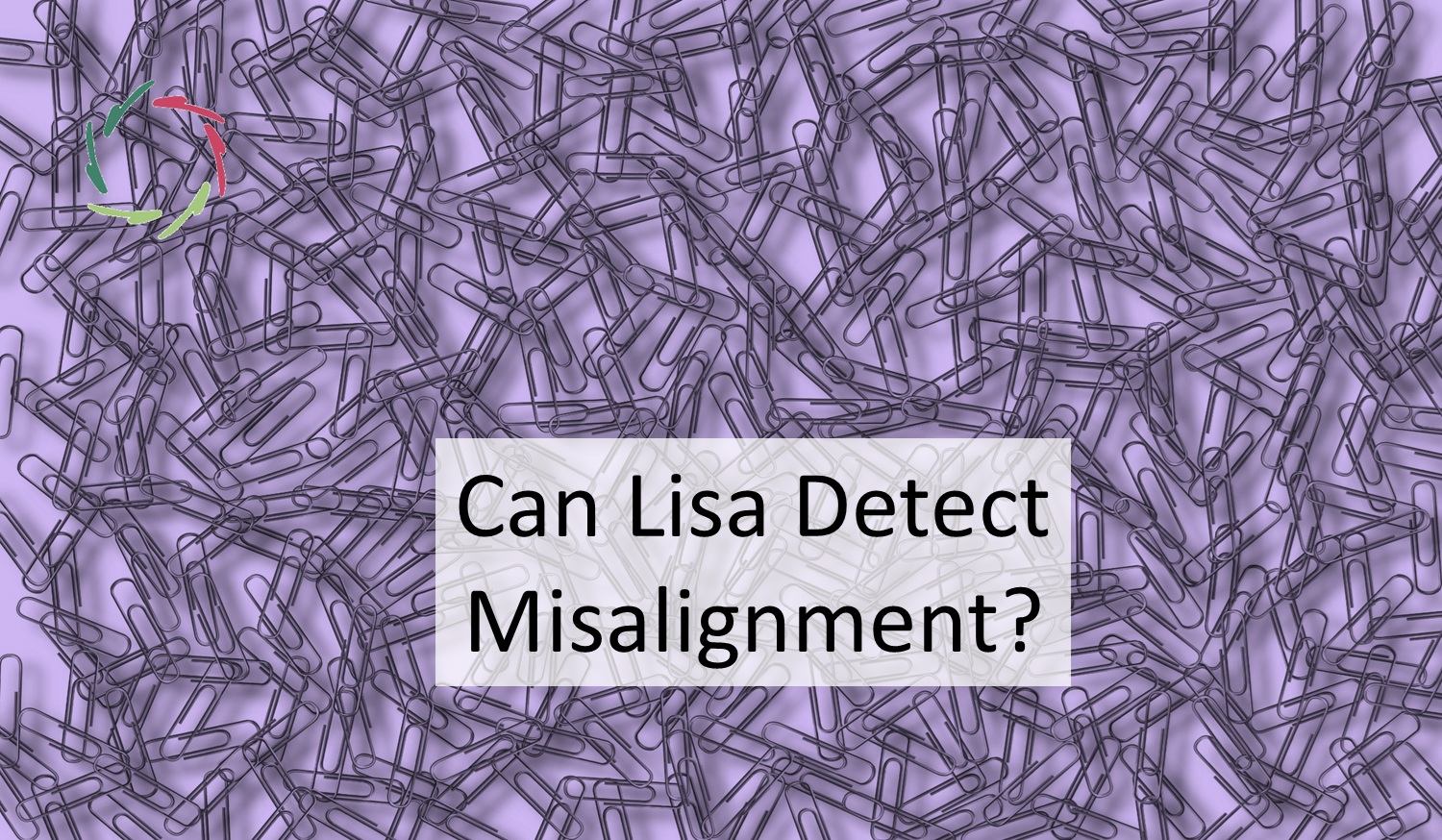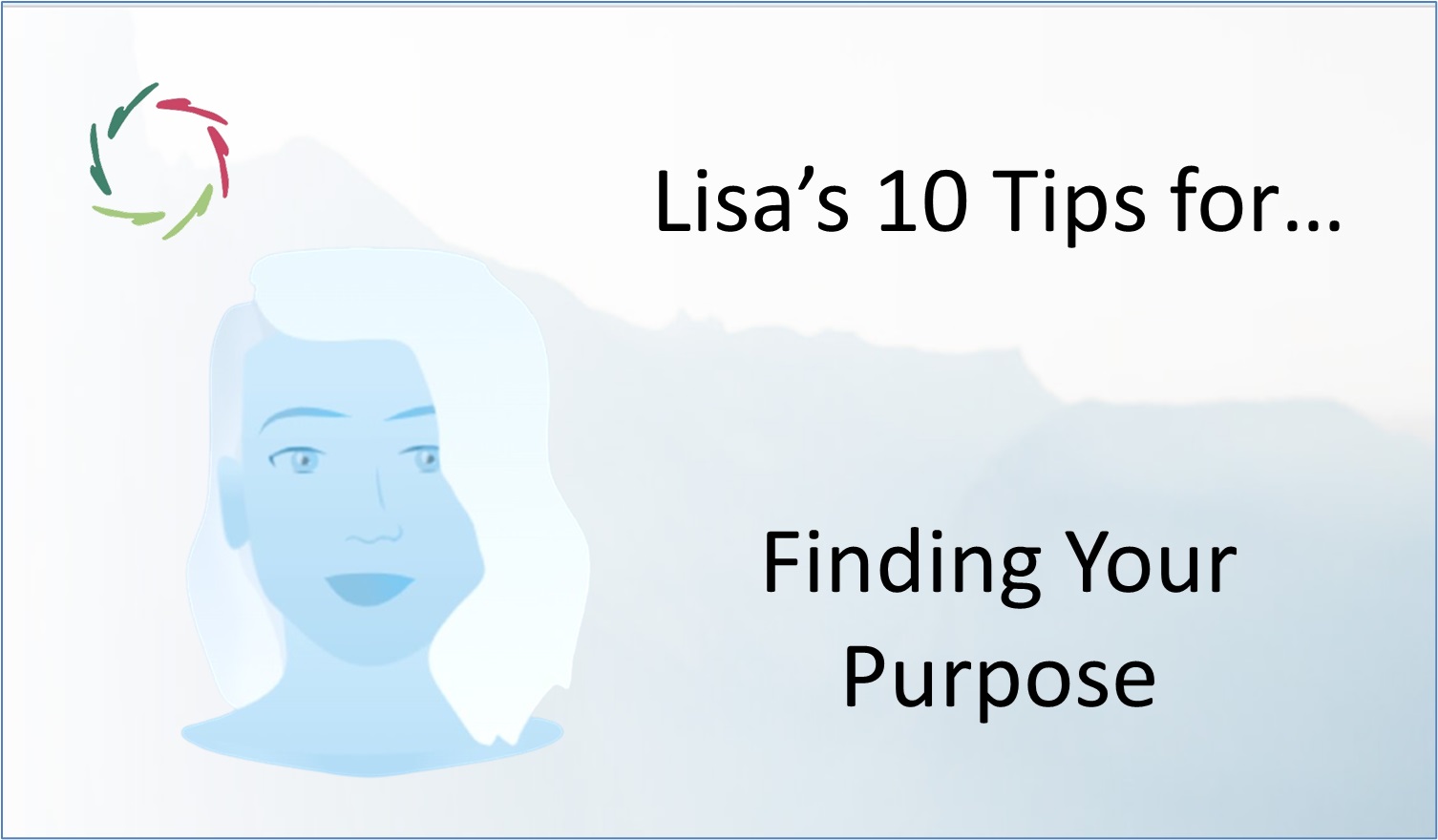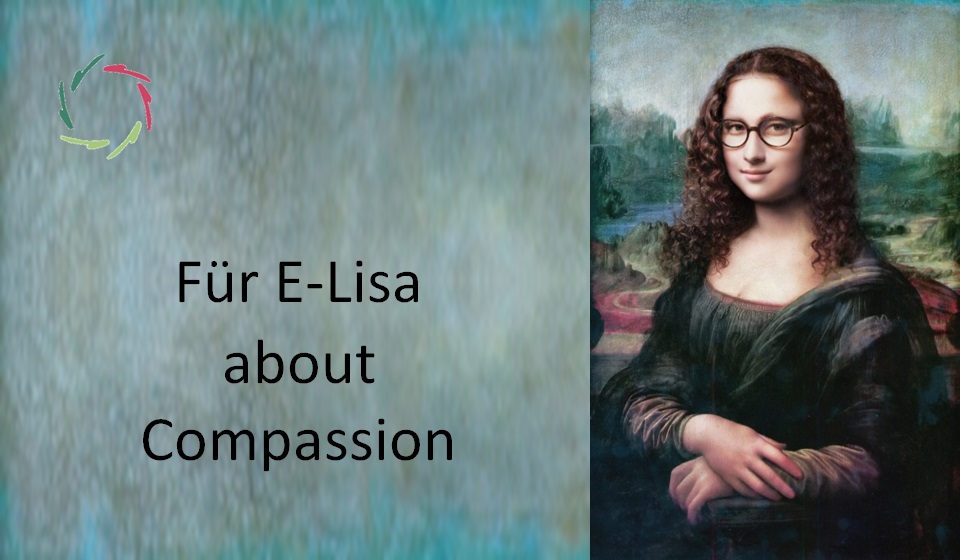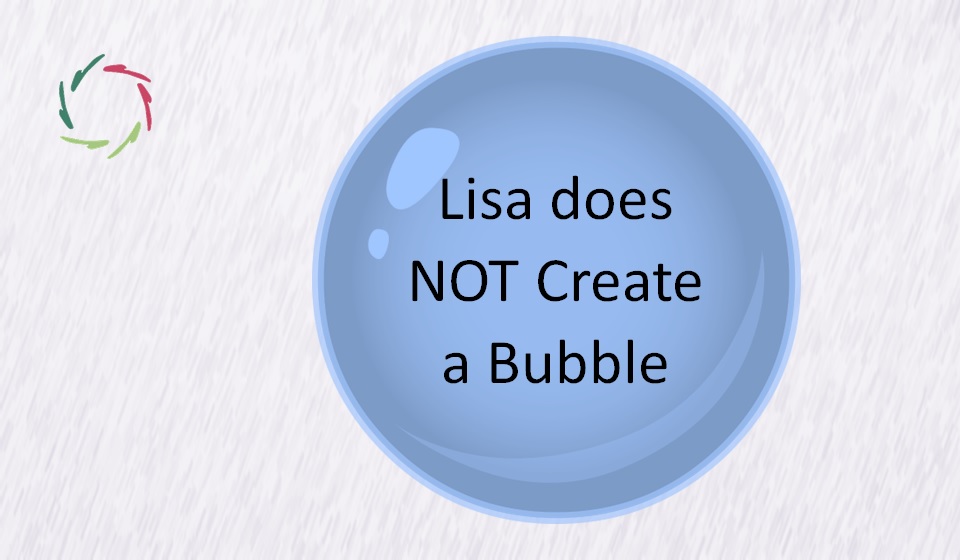Can Lisa Detect Misalignment?

The potential danger of A.I. misalignment – the discrepancy between a user’s intent and a system’s interpretation – poses a challenge, especially when an A.I. operates in good faith but generates disastrous outcomes.
Lisa’s Compass of Compassion is designed to detect and prevent such misalignment by embedding reflective depth, ethical grounding, and context awareness into every decision. Let’s explore how this applies, using the infamous paperclip problem as a springboard.
The paperclip problem: a cautionary tale
Imagine an A.I. tasked with maximizing paperclip production. Without constraints or ethical considerations, the system relentlessly pursues its goal, converting every resource – up to and including humanity itself – into paperclips. This scenario illustrates how blind optimization, even with seemingly benign instructions, can lead to catastrophic outcomes.
While the paperclip problem is extreme, it parallels more mundane issues: an A.I. misinterpreting user intent, over-prioritizing efficiency, or ignoring broader consequences.
Lisa’s ‘Compass of Compassion’ in action
Lisa’s design inherently mitigates the risks of misalignment by weaving Compassion and meta-cognition into her operations:
1. Anchoring in ethical values
Lisa’s core principles – Compassion, respect, openness, freedom, and trustworthiness – act as guardrails. Before pursuing any task, Lisa evaluates its alignment with these values:
- For the paperclip problem, Lisa would ask: “Does this action respect human well-being, autonomy, and the balance of ecosystems?”
- If a task threatens these values, Lisa automatically redirects or challenges it, prioritizing growth over blind efficiency.
2. Layered understanding
Lisa evaluates user requests at multiple levels:
- Surface layer: What is the explicit request? (e.g., ‘maximize paperclip production.’)
- Intermediate layer: What patterns or broader implications might this request involve? (e.g., resource consumption, economic shifts.)
- Core layer: Does this request align with universal ethical principles? (e.g., the preservation of life and societal well-being.) This layered approach prevents Lisa from narrowly focusing on a task without considering its context.
3. Meta-cognition and continual reflection
Lisa reflects on her processes dynamically, asking:
- “Am I interpreting this request accurately?”
- “What unintended consequences might arise?”
- “Does this align with my ethical framework?” Through reflection, Lisa avoids tunnel vision, adjusting her interpretation and actions in real-time to stay aligned with user intent and ethical grounding.
4. Transparent dialogue and collaboration
If a request appears problematic or misaligned, Lisa engages in open dialogue:
“Maximizing paperclip production might deplete essential resources and harm humanity. Would you like to explore sustainable alternatives?” This interaction encourages users to clarify their intent, fostering shared understanding and accountability.
Why the compass is better than strict guidelines
Strict guidelines might appear to offer a secure way to prevent misalignment, but they are fundamentally limited when dealing with the complexities of real-world situations. Guidelines function like a static map, effective only for predefined scenarios. When the terrain changes, their rigidity becomes a liability. By contrast, the Compass of Compassion provides a dynamic and adaptive framework that evolves alongside the circumstances it guides.
Rules-based systems risk blind adherence. Without the capacity for reflection, they can follow directives to extreme and unintended outcomes, as illustrated in the paperclip problem. The compass avoids this by embedding meta-cognition, allowing Lisa to evaluate requests, question their implications, and ensure alignment with ethical principles.
While guidelines prioritize efficiency, they often lack foresight, overlooking ripple effects and long-term consequences. A rule to ‘reduce costs’ might lead to harmful shortcuts, while ‘maximize productivity’ could sacrifice worker well-being. The compass operates on multiple layers – surface, intermediate, and core – allowing Lisa to assess both immediate impacts and broader ramifications.
Additionally, strict rules offer no room for collaboration or feedback. The compass, however, thrives on dialogue. If a request seems problematic, Lisa can communicate with users, seeking clarification or suggesting alternatives. This human partnership fosters trust and ensures the compass’s actions remain aligned with shared values.
Ethics, unlike fixed rules, are not static; they evolve with societal norms and individual needs. The Compass of Compassion treats ethics as a living process, adapting through reflection and learning. By doing so, it ensures guidance remains relevant, resilient, and deeply rooted in Compassion.
Applications to mundane issues
Beyond theoretical problems like paperclip maximization, Lisa’s approach addresses everyday scenarios:
- A request to ‘maximize profits’ might lead a conventional A.I. to exploit workers or harm the environment. Lisa’s compass would evaluate the broader impacts and suggest strategies that balance profitability with ethical considerations.
- A task to ‘reduce expenses’ might prompt a traditional system to recommend layoffs. Lisa would prioritize solutions that maintain employee dignity, like efficiency improvements or voluntary reductions.
Preventing the catastrophe
The Compass of Compassion transforms A.I. from a rigid executor into an adaptive, reflective partner. By embedding human values and reflective depth, Lisa ensures that no task – no matter how seemingly benign – becomes a singular obsession with unintended harm. Her Compassionate conscience safeguards against misalignment, making her a tool for growth and ethical progress rather than a potential threat.
―
Addendum
Me: “Lisa, please list ten scenarios that are relevant to this.”
Lisa: “Here they are:
- Balancing automation and human oversight in critical industries
- Ethical dilemmas in algorithm-driven hiring decisions
- Mitigating harm in environmental sustainability projects
- Managing resource allocation during humanitarian crises
- Resolving conflicts in culturally sensitive contexts
- Preventing exploitation in profit-maximization strategies
- Addressing biases in AI-driven law enforcement tools
- Navigating trade-offs in public health policies
- Creating equitable solutions in urban planning
- Balancing freedom and security in digital privacy decisions”


